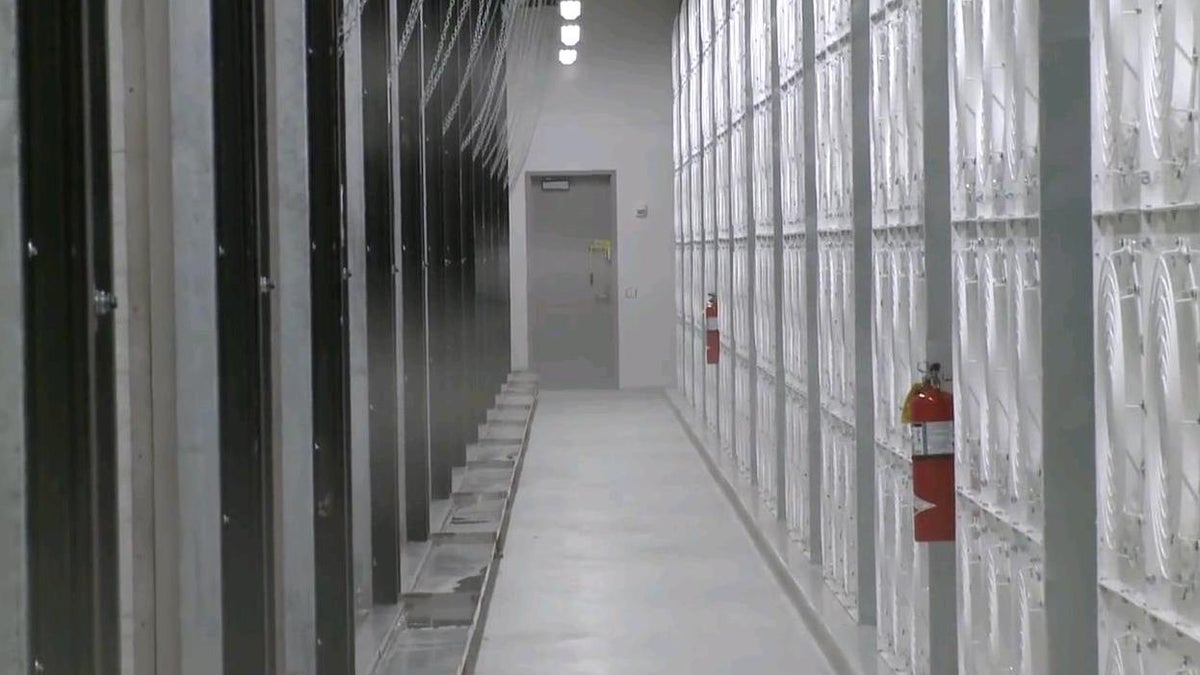NYT story on data center waste scares some, frustrates others
The New York Times today kicks off a series on how the cloud's physical infrastructure affects the environment with a persuasive story that offers some harrowing stats. But some say it's unfair.

The New York Times today kicked of an investigative series on how the cloud's physical structures are affecting the environment with a first installment that offers some scary stats about energy waste. But some say the story unfairly depicts an Internet industry that has been making major strides in this area.
Taking into account a year's worth of reporting and research, the Times' James Glanz concludes that most data centers are wasting huge amounts of energy, which, puts the information industry "at odds with its image of sleek efficiency and environmental friendliness."
"Online companies typically run their facilities at maximum capacity around the clock, whatever the demand," the story says. "As a result, data centers can waste 90 percent or more of the electricity they pull off the grid, The Times found."
A couple more startling stats from the story: "Worldwide, the digital warehouses use about 30 billion watts of electricity, roughly equivalent to the output of 30 nuclear power plants, according to estimates industry experts compiled for The Times. Data centers in the United States account for one-quarter to one-third of that load, the estimates show."
And this quote, while from an unnamed source, is still powerful: "'This is an industry dirty secret, and no one wants to be the first to say mea culpa,' said a senior industry executive who asked not to be identified to protect his company's reputation. 'If we were a manufacturing industry, we'd be out of business straightaway.'"
Tweets and blogs offered some quick accolades to the Times for taking on such an important issue -- there are no doubt inefficiencies in data centers today and more and more companies are making large cloud deployments every day.
However some say the story is misleading in that it leaves out all that the Internet industry has done thus far in efforts to become more efficient.
Here's Forbes contributor Dan Woods:
The story starts with a tale about Facebook, and clearly gives the impression that "the Internet" is the culprit. But all of the data cited is not about data centers run by the companies you are introduced to at the beginning of the story, but by data centers run by IT departments...
Adds Rich Miller of Data Center Knowledge:
In depicting data centers as wasteful polluters, the Times has raised many valid points, including the low server utilization rates in many facilities, the industry's slow adoption of some efficiency technologies (like tools that turn servers on and off), and the need to be accountable for environmental permitting of diesel generators. But in its first installment, the Times does an artful, fact-laden job of telling half the story.What's missing is the narrative of how the industry has responded to the challenge of its inefficiency and environmental stewardship. The last five years have seen dramatic changes in the way the largest data centers are designed and operated, as companies like Google, Yahoo, Facebook and Microsoft have vastly improved the energy efficiency of their server farms by overhauling their power distribution systems, using fresh air instead of power-hungry chillers ("free cooling") to cool their servers, and running their facilities at warmer temperatures...
The impact of data centers on the environment is critical issue, wherever you stand on the Times article itself. Read it and let us know what you think in comments.

